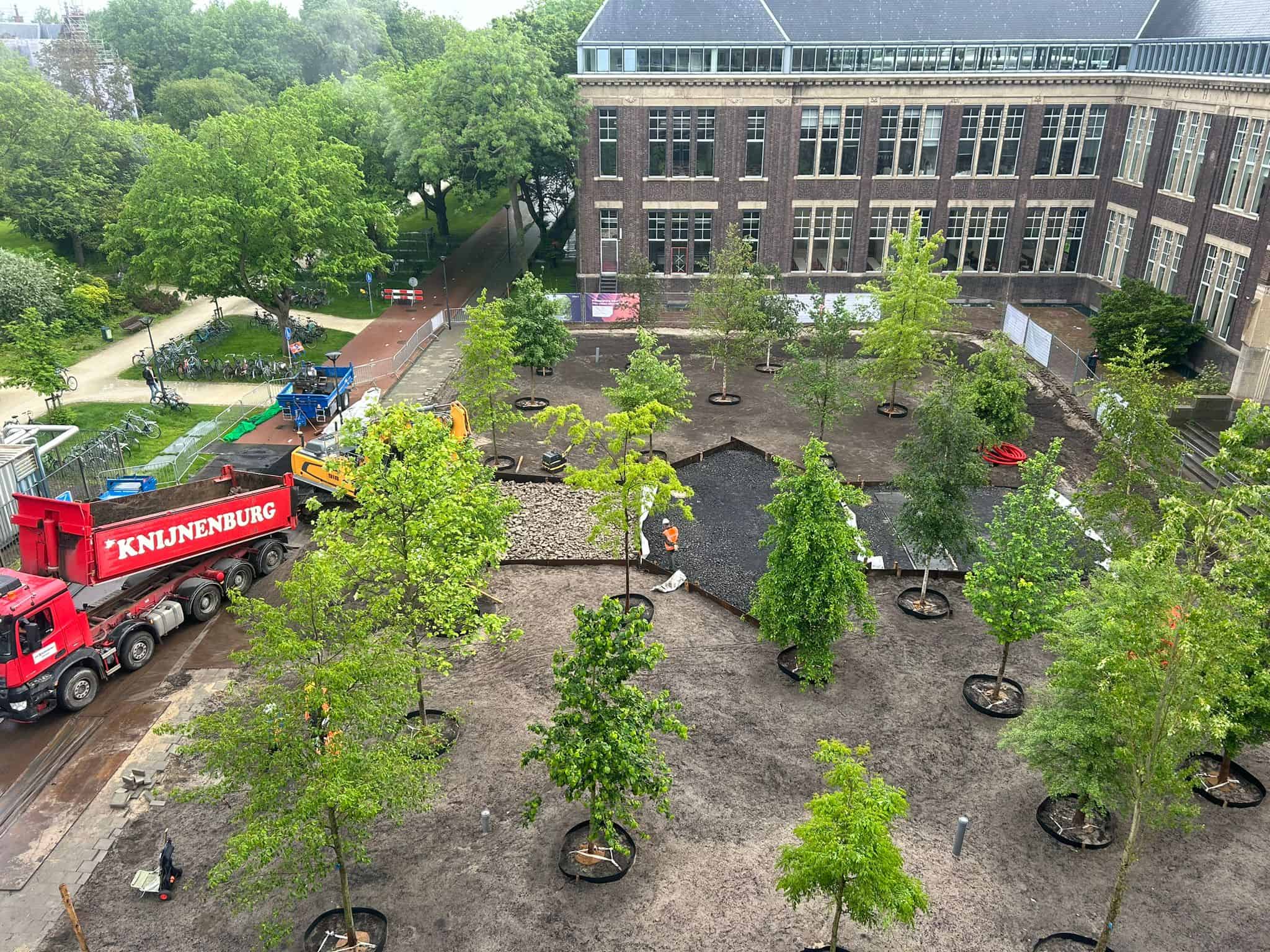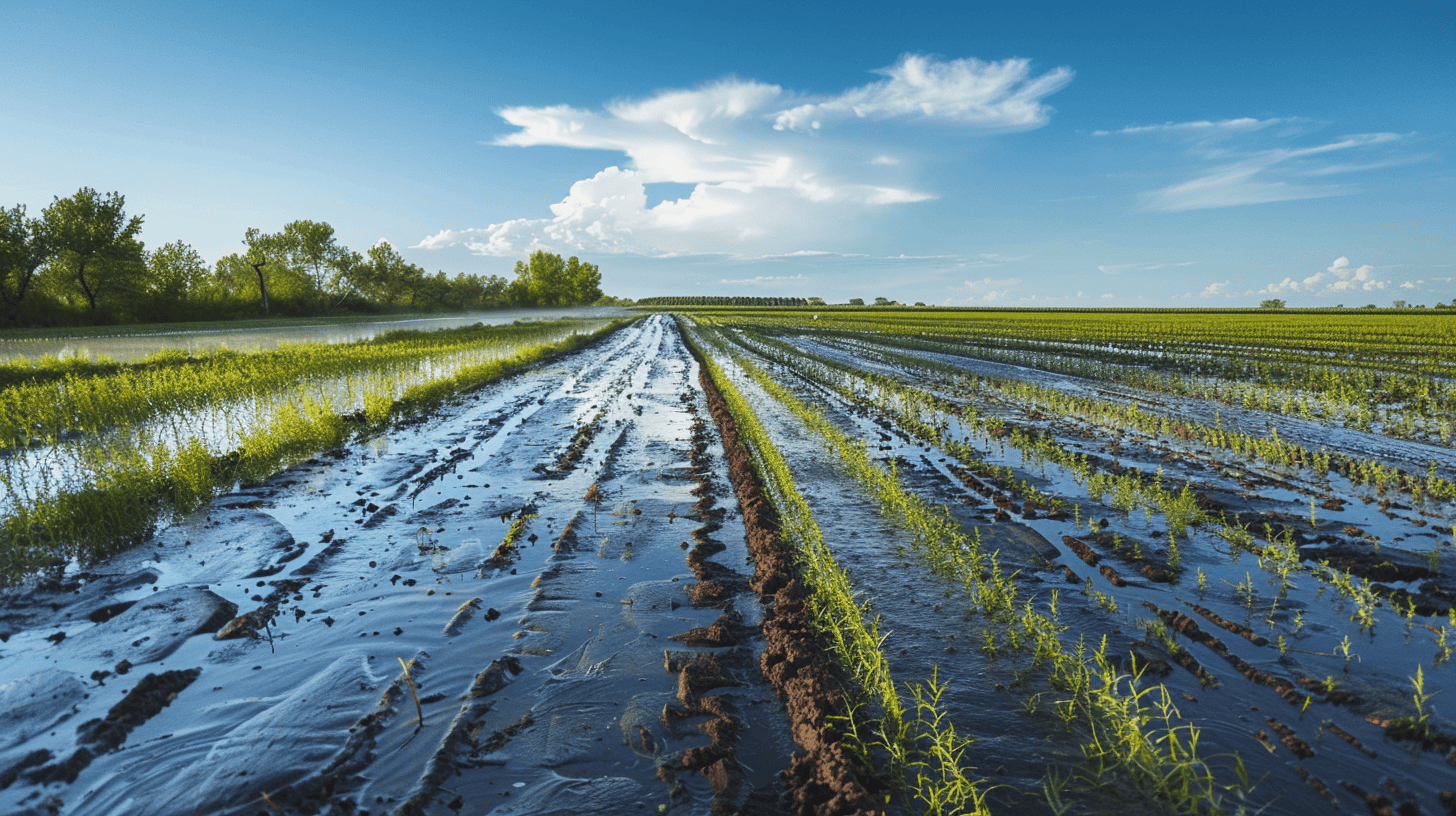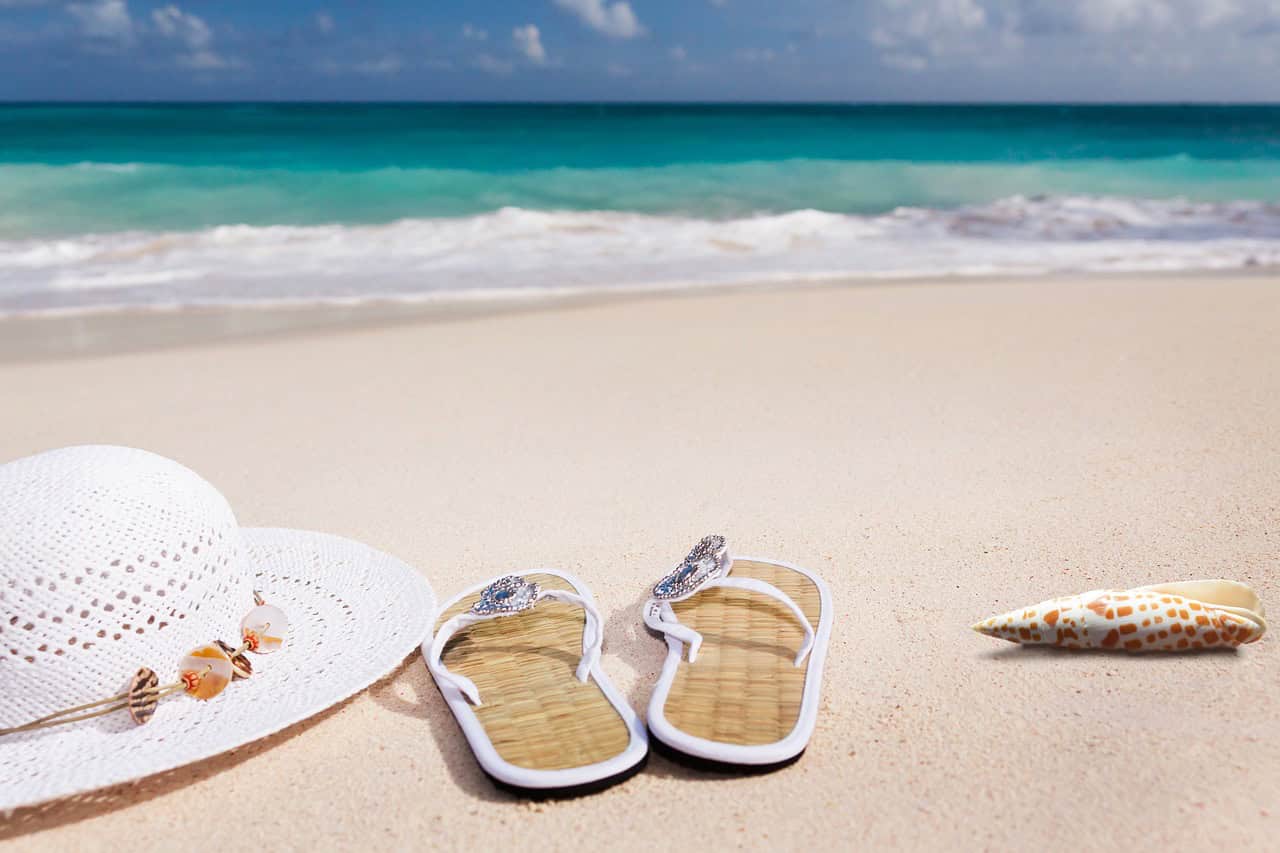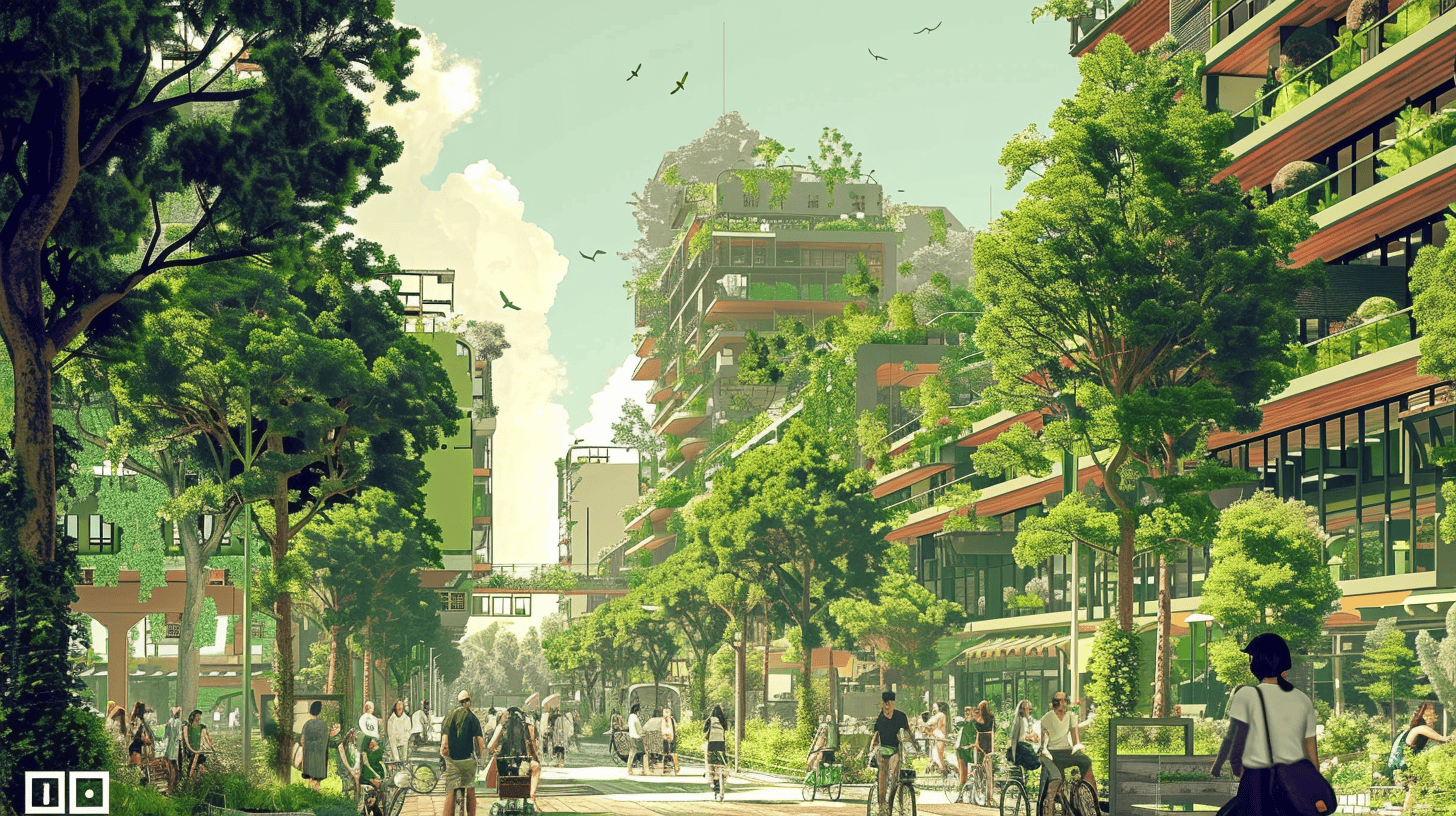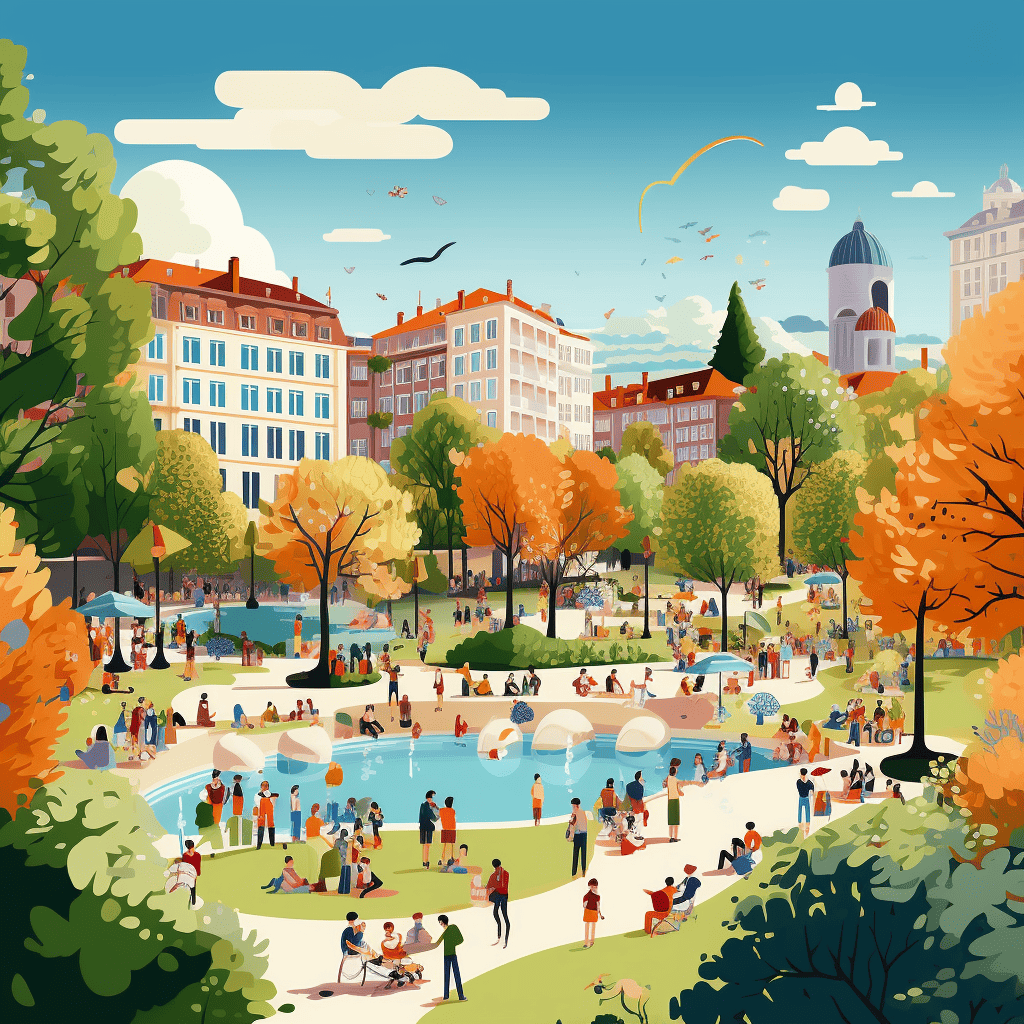
Heat has emerged as one of Europe’s greatest enemies. In the new series ‘Europe battling heat‘, IO finds out how cities (can) arm themselves against it. Today: promising innovations to keep water and therefore coolness in the city.
Climate change is causing us to face more extreme weather. Long periods of drought and heavy rain are no longer the exception. Our cities often cannot withstand these extreme weather conditions. In summer, city temperatures easily soar, data journalist Jelmer Visser proved last year in his summer series for Innovation Origins. He mapped the heat islands in twenty Dutch cities. How do we cool down cities? That question keeps scientists and entrepreneurs busy.
The good news: there are several solutions to heat islands in cities. Adding more greenery in cities is an obvious and, above all, very efficient step. Trees evaporate water through their leaves to keep themselves alive in high temperatures. For this process, they extract heat from the air. This creates a cooling effect on the environment. In addition, trees provide natural shade, which improves the temperature and, more importantly, livability in a city.
- There are several solutions to combat heat in cities. It is important to determine what is needed for each street or neighborhood.
- Water storage is an important solution to retain water in cities. Water provides more greenery and therefore more coolness.
- Using digital models, such as digital twins, can help identify hotspots and assess the impact of possible solutions on heat in cities. Collecting relevant data and creating accessible tools are challenges that need to be addressed.
Water in or out?
To have healthy greenery in the city, we need water. This is – especially with the long periods of drought in recent years – a difficult task. Currently, much water still runs out of Dutch cities through streams and rivers to the sea, or it drains away through the sewers. “The Netherlands was a drainage country; we wanted the water to flow out of the country as quickly as possible. We need to hold the water longer to prevent drought and soil salinization,” said Martine Rutten, associate professor of water management and climate adaptation at TU Delft. One of the possible solutions is to make streams meander instead of running in a straight line. That way, the water has more time to soak into the ground.
TU Delft’s Heat Square (HittePlein) brings together scientific research and innovative products around climate-adaptive building. The goal is for researchers, students, and entrepreneurs to work together to scale up innovations from the lab to practice.
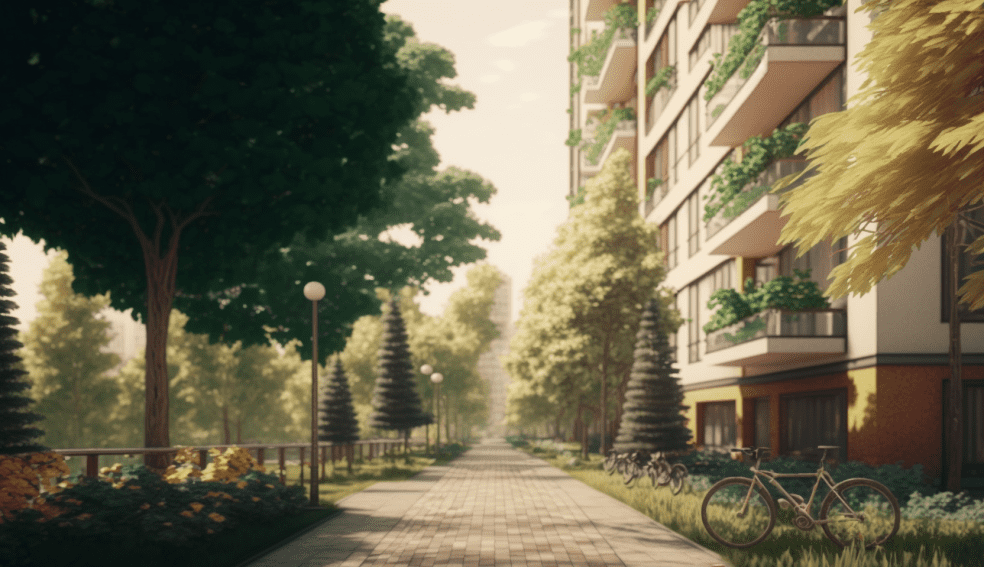
Storage and reuse
Ger Pannekoek, co-founder of EWB Circular Rain, and Erwin van Herwijnen, consultant at New Urban Standard, are involved in TU Delft’s Heat Square as entrepreneurs. Both focus on water storage under wide streets and squares, specifically underground. This is already being applied in several cities, but there are still many opportunities for improvement, both Pannekoek and Van Herwijnen believe. However, they think differently about water storage implementation.
Pannekoek focuses on natural and purifying water storage with EWB Circular Rain. “Putting extra concrete or plastic in the ground is unnecessary. We can also create a water storage system with natural materials.” EWB Circular Rain’s water storage consists of a unique combination of shells and minerals that store and purify the water. When the water storage is full, the water can be stored deeper underground. The water can also be brought back to the surface if needed. This form of water storage is now being used in 10 locations in the Netherlands. “Because of the purification, it is very suitable in places where people want to use the rainwater again, for example, as playground water or to spray sports fields,” Pannekoek explains.
New Urban Standard also focuses on the development of water storage. For example, the company placed plastic water storage – made from recycled materials – under squares in dozens of Dutch cities. Rainwater drains from surrounding buildings are connected to the storage facility. Van Herwijnen: “This way, there is often less need to make sewer connections, which also makes it more interesting costwise.”

Europe battling heat
Europe is breaking heat record after heat record this summer. ESA predicts temperatures of 49 degrees, the ground temperature in Spain soared above 60 degrees Celsius, and more than 60,000 people died from heat in 2022.
Something is going wrong. That the earth keeps warming up, for a start, but besides that, EU member states’ heat plans are insufficient, while the need for them is growing.
In the series ‘Europe battling heat’ the central question is: how does Europe arm itself against heat? In the coming weeks, you can expect an article every Wednesday in which Innovation Origins solves a piece of that question. Today: innovations to combat extreme heat in cities.
Innovative bricks
New Urban Standard is working with Tilesystems and Koers to combine water storage with (semi-) paving. For example, they are developing water-absorbing clinkers. During heavy rain, the bricks absorb the water. Then, when the temperature rises, the water from the bricks evaporates again. Ultimately, the goal is to bring the water from the water storage, through the bricks, back to the surface during long periods of drought. This has a cooling effect on the city.
To build truly climate-adaptive urban infrastructure, it is important to determine at the street level the best appropriate measures against extreme heat. There is no one-size-fits-all solution.
Monica Pena, assistant professor
Digital twins offer a solution
But more than water storage is needed. According to the parties involved, it’s about a combination of solutions. A data-driven approach is needed to map and include all aspects in decision-making. “That way, you can bring together the contribution of different solutions and predict what that will do for the heat in the city,” says associate professor Rutten. That is also an important conclusion from the research of Monica Pena, assistant professor with the construction management and engineering group at the University of Twente. “To build truly climate-adaptive urban infrastructure, it is important to determine at the street level the best appropriate measures against extreme heat. There is no one-size-fits-all solution.”
A digital twin could provide a solution. This is a digital version of a city with important data such as the length and width of streets, height of buildings, distance between buildings, ground temperature, air temperature, number of inhabitants, and any other measurable conditions that might affect the city’s temperature. “This allows you to calculate the impact of certain measures on heat quickly,” Pena said.
That may sound easy, but it’s not. Collecting the necessary data proves very difficult in practice. Some data are not available, and if there is data, it is often stored in different places and in different ways. That makes comparison very complicated. That has to be improved, both Pena and Rutten think. A good database and machine learning algorithms – as Pena has developed during her research – can help find the hotspots in cities and calculate the impact of possible solutions.

Gathering information and parties
For instance, adding greenery in cities doesn’t always work. “The type of vegetation is important. Some tree and plant species can cause more heat and a stuffy feeling in certain conditions,” she says. That’s why it’s so important to be able to analyze down to the street level. Pena advocates for municipalities to collect more data, for example, through sensors on shared bikes and scooters to collect more data. This approach would enable the crowdsourcing of high-resolution data at the street level, where citizens truly feel and experience the heat. “We can leverage this approach to implement localized solutions and effectively address the heat-related challenges in cities.”
In addition, Rutten also sees a great need for clear rules among stakeholders, for example, construction companies. A letter to the lower house of the parliament has been submitted with a set of regulations for climate-adaptive buildings. “If we want to succeed in this, we need to impose laws and rules partly from the government. On the other hand, we can also give stakeholders room to make their own decisions. Then it is important to provide the right information.” Making digital twins accessible is also important, according to the associate professor. For example, consider a handy tool to calculate what is a good solution for heat stress in a particular municipality or street. “Then municipalities, businesses, and citizens can quickly see how they can do their bit to cool down the city.”
TU.Built Environment builds a sustainable future
Together with 4TU.Built Environment, we at Innovation Origins are working on articles about innovation in construction. We are exploring and answering the most interesting and pressing questions around important construction topics. The cooperation between the four technical universities in the Netherlands and all partners plays an important role in this.



